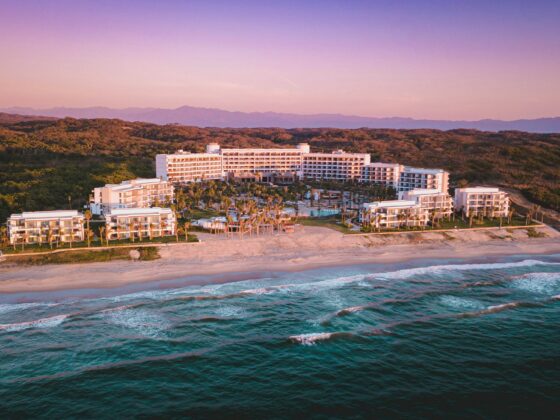
Conversion is gaining ground
Conversion is becoming increasingly common in hotel groups’ pipelines, accounting for nearly half of all hotel openings on all maps produced in July. Notable examples include the conversion of a building in Bilbao by Travelodge and by Moxy in Switzerland.
“We are seeing significant interest from independent hoteliers, developers, and investors looking to leverage the benefits and efficiency of renovating and rebranding existing hotels and properties,” said Jérôme Briet, director of development for Europe, the Middle East, and Africa at Marriott International
Less expensive, more environmentally friendly, and allowing companies to circumvent the growing number of moratoriums around the world, this method is rightly gaining in popularity. In particular, it represents an opportunity to grow in destinations where the hotel market is already mature, meaning that vacant rooms are either extremely scarce or very expensive.
While the vast majority of these conversion projects are concentrated in Europe, we are seeing a proliferation of such projects in the United States, where new construction is king. This shift in mindset speaks volumes about the evolution of the global hotel landscape.

“Let’s not forget that ESG considerations are becoming increasingly important, and conversion brands are a response to new construction,” explained Jean-Jacques Morin, General Manager of Accor’s Premium, Mid-Range & Economy division, in an interview with Hospitality ON
The coast is popular
No matter which region we look at, the conclusion is clear: hotel openings on the coast are more relevant than ever. This phenomenon is not surprising, since we are in the middle of summer, and summer means the seaside.
The timing is therefore perfect for players in the sector to strengthen their presence in these areas, which are particularly busy at this time of year. Unsurprisingly, the Mediterranean coast is one of the most dynamic areas, particularly in Greece and Spain. Once again, this is hardly surprising, as these two destinations are the driving forces behind the European hotel industry during the summer season.
However, Europe is far from being the only region where hotel development is concentrated on the coastline this July. The United States is adopting a similar strategy, both on the west coast and the east coast. While the west coast has traditionally been the premier American coastal destination, particularly California, east coast destinations are gaining momentum, such as Cape Cod. Supply is thus following demand.
Coastal hotel supply is also growing in more emerging markets such as the Gulf countries, particularly Saudi Arabia, and India. The boom in tourism in the Land of a Thousand Colors is fueling a solid pipeline for the coming years, driven as much by local players such as IHCL as by major international groups.
The development and structuring of the Indian hotel industry is aimed at both foreign and domestic tourists. Indeed, more and more Indian households can afford to go on vacation, and unsurprisingly, they are very interested in beach tourism.






